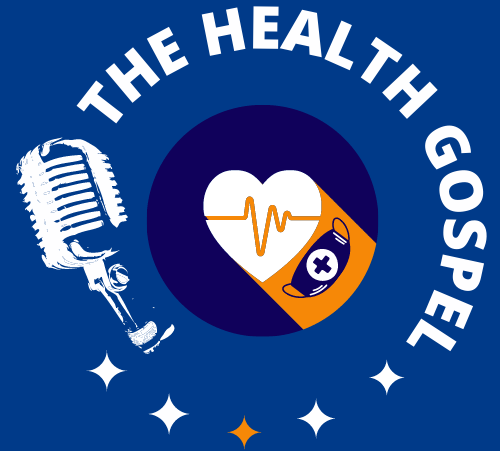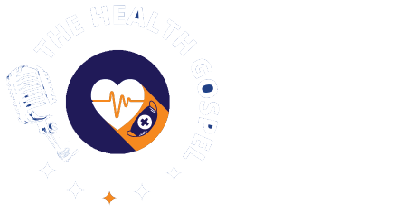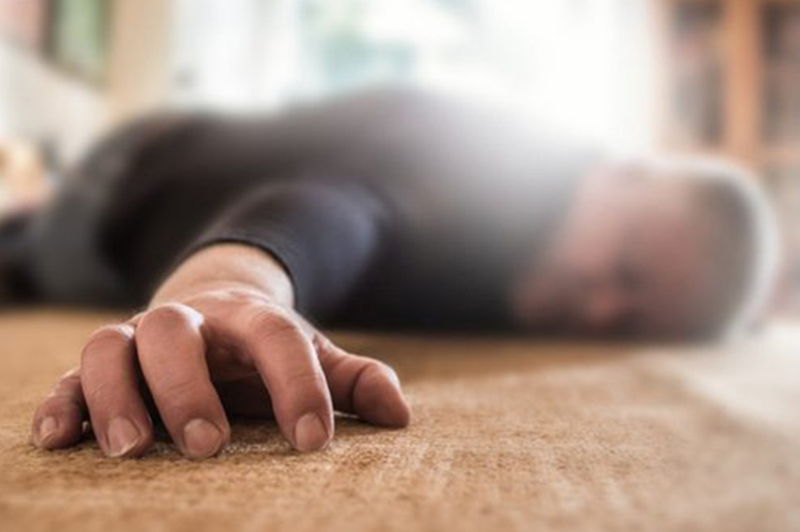
COLLAPSED! Series 4
Heart and lung diseases can cause a collapse
Heart problems are a common cause of collapse. Unfortunately, many heart problems that cause this may not have any symptoms. They are only discovered during a routine check. This article will discuss heart and lung problems that can cause sudden fainting.
Heart problems can cause a collapse
The heart problem can be from the electrical function which affects the rate and rhythm of the heartbeat. A faulty structure of the heart can be with the valves, muscles, heart chambers, or blood vessels connected with the heart. The heart has various structures called valves which are like a doorway of communication between different chambers of the heart.
Symptoms before fainting
Some people experience symptoms that precede fainting. The presence of these symptoms may implicate a cardiac cause of the collapse to investigate along that line.
These symptoms could include
- Blurred vision and other visual problems
- Feeling light-headed or dizzy
- Sweating
- Nausea
- Altered consciousness.
- Discomfort in the upper abdomen.
The medical term for these symptoms is presyncope, which could progress to fainting, or may not progress.
The most common cause of collapse related to the heart results from prolonged standing. This happens because when you stand for a long time, there is more blood supply to your legs. This reduces the amount that fills up your heart. Your heart then squeezes very tightly to push out oxygenated blood to your whole body. This causes blood pressure to reduce and heart rate to slow down. It may or may not be followed by the symptoms of presyncope outlined above. The duration of collapse is often short. They recover fast because once the person lays down, blood flow to the heart increases, and blood pressure quickly returns to normal.
Structural heart diseases
Abnormal heart structure can result in decreased cardiac output. Cardiac output is the amount of blood the heart can pump out per time.
The structural heart diseases include
- Stiffening of the heart valves such as aortic stenosis, and mitral stenosis.
- Increase in the size of the heart muscle (hypertrophic cardiomyopathy)
- Aortic dissection: rupture of the big artery that takes blood away from the heart to other parts of the body
- Cardiac tamponade: This occurs when the pressure around the heart compresses it thereby reducing the amount of blood the heart can pump out.
- Narrowing of the blood vessels that supply the heart muscle (ischemic heart disease)
- Heart failure
- Dysfunction of an artificial or prosthetic valve.
- Cardiac tumours
Heart-related causes of collapse are more common in people over 60 years compared to younger people. A heart problem being a cause of collapse is more likely to lead to death than any other cause.
Obstruction to blood flow from the left ventricle (from aortic stenosis) would cause collapse only on exertion.
Structural heart problems are treated by the replacement of faulty heart valves, removal of fluid around the heart that is causing compression or use of medications that help reduce the change in heart muscle structure. Surgery is also needed to repair ruptured or narrow arteries of the heart.
Heart diseases from abnormal heartbeat
Normally your heart should beat steadily, such that the timing of the next beat is predictable. However, when the rhythm is unsteady and chaotic, it can cause your heart to beat extremely fast. This implies an insufficient time for the heart to fill up with blood and then results in a sudden fall in heart rate, blood pressure, and subsequently a collapse.
Rhythm disturbances are a common cause of fainting often preceded by dizziness. Diseases resulting from abnormal electrical conduction can cause very fast or very slow heart rates. Examples of fast diseases that cause fast heart rates are atrial fibrillation and ventricular tachycardia. These are known causes of collapse leading to sudden death. In older people, slow heart rates caused by conduction system disease are an important cause of a collapse.
Rhythm disturbances can be discovered during routine checks or electrocardiogram (ECG). They are treated with medications that slow down the heart rate and control the heart rhythm.
Lung problems can cause a collapse
The lungs are a pair of organs in the chest where gaseous exchange happens. It is normally inflated by air and any disease that obstructs the exchange of gases (mainly oxygen and carbon dioxide) in the lungs can lead to a deflated or collapsed lung. A collapsed lung can cause coughing, breathing problems and loss of consciousness.
Conditions that can cause a collapsed lung may reduce blood flow to the heart thereby reducing cardiac output. These include:
- Pleural effusion: Presence of fluid between the outer coverings of the lungs and the lung tissue.
- Pneumothorax: Presence of air in between the covering of the lungs and the lung tissue.
- Pulmonary embolism: Blood clot within the lungs that blocks gas exchange
These conditions can hinder the lungs from expanding properly when you inhale. Subsequently, the brain and other vital organs do not get enough oxygen.
Fainting is most common in those with pulmonary embolism, especially a large embolus.
What to do when you feel faint
Many cardiac causes of fainting are associated with symptoms that precede fainting. If you feel faint, get seated or lay down. Also, remove tight clothing around your neck and inform someone around you. Your doctor would rely on this person to give information if you faint.
How to prevent a recurrence of collapse
This is the last in the series of articles that has discussed the most common causes of collapse. Take note of your posture, environment, and symptoms before and when you fainted. These can point you to the triggers of your collapse. Your doctor can also tell you your triggers. You should avoid any exposure to those triggers to prevent a recurrence.
How to help someone that has collapsed
As a witness of a collapse, here are things you can do while waiting for help to get the person to the hospital.
- Allow to lie down
- Remove tight clothing
- Roll to their side
- Call for assistance
- Check blood pressure and sugar if you can.
Collapse is medically termed syncope. There are many different causes and it can be a recurrent problem. However, it can be prevented if the cause is known.







